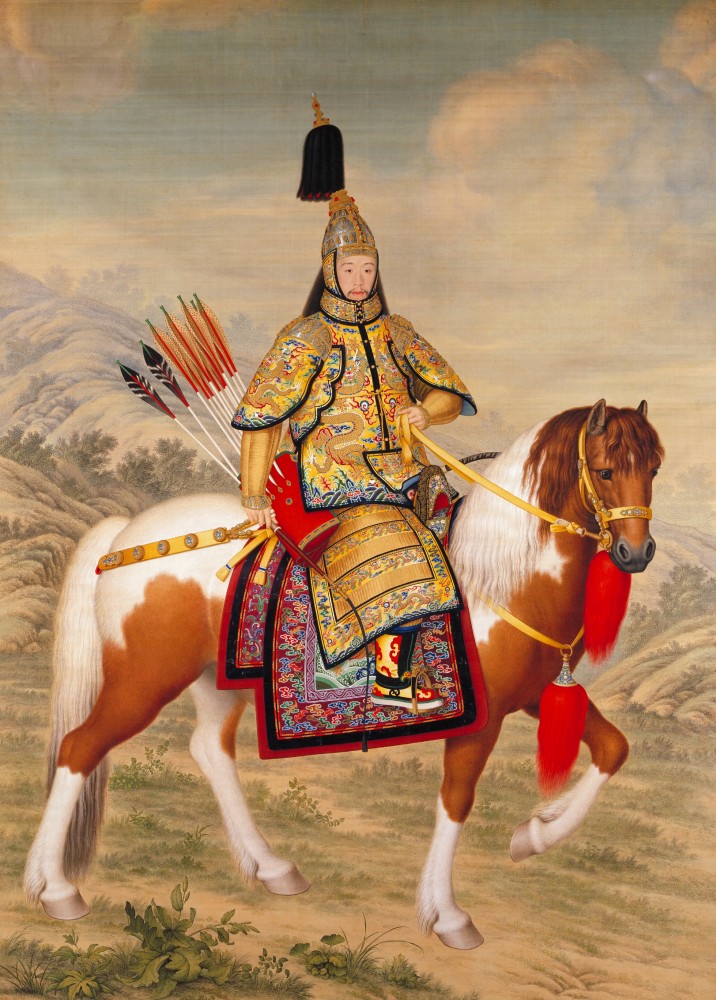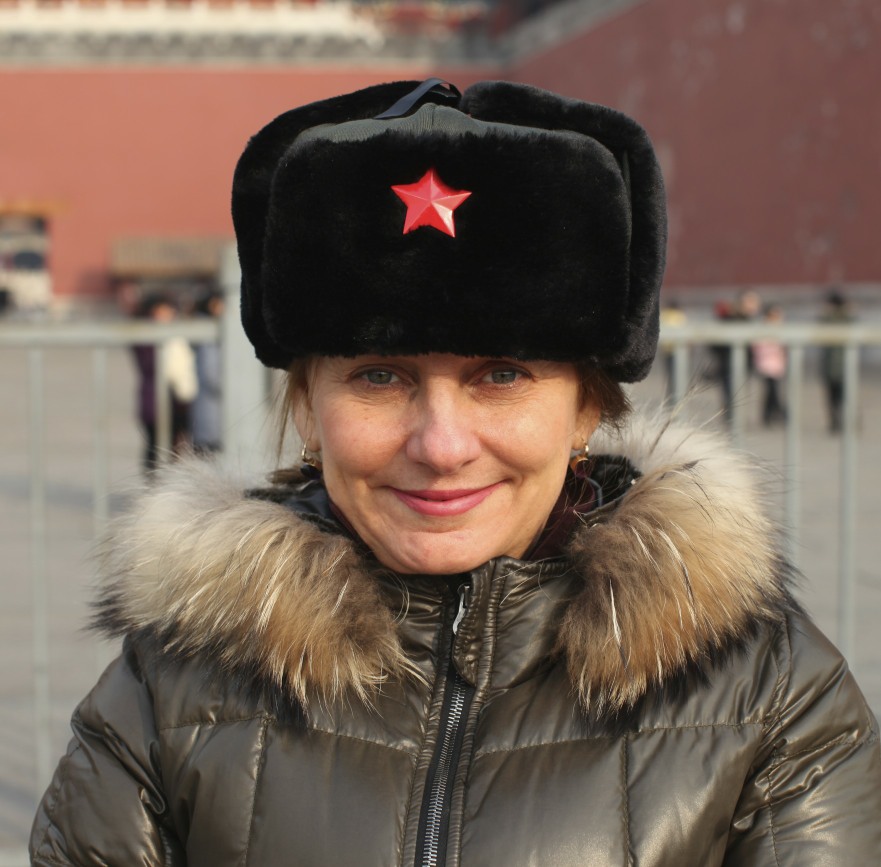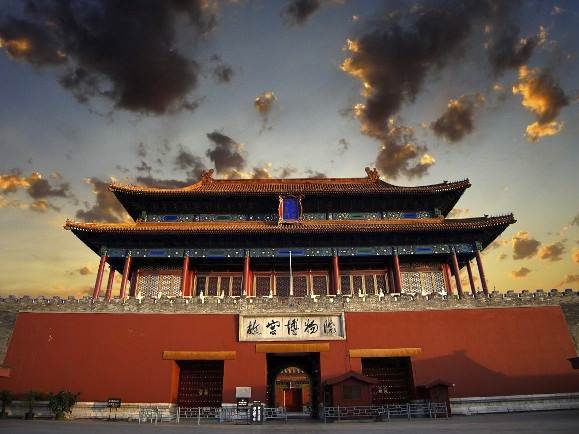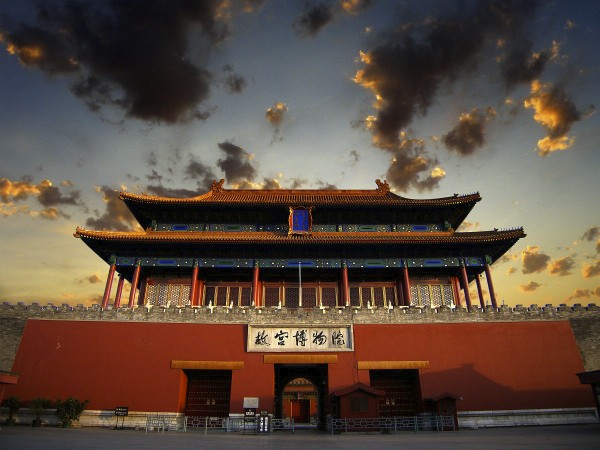One of the most beautiful experiences in Beijing and in all China. I spent the whole day taking pictures especially details of the magnificent palatial architecture. Also below find a few interesting facts. After this book your ticket to china and come to feel this place for yourself.
The Forbidden City was the Chinese imperial palace from the Ming Dynasty to the end of the Qing Dynasty. It is located in the middle of Beijing, China, and now houses the Palace Museum. For almost 500 years, it served as the home of emperors and their households, as well as the ceremonial and political center of Chinese government.
Built in 1406 to 1420, the complex consists of 980 buildings and covers 720,000 m2 (7,800,000 sq ft),the palace complex exemplifies traditional Chinese palatial architecture, and has influenced cultural and architectural developments in East Asia and elsewhere. The Forbidden City was declared a World Heritage Site in 1987, and is listed by UNESCO as the largest collection of preserved ancient wooden structures in the world.
Since 1925, the Forbidden City has been under the charge of the Palace Museum, whose extensive collection of artwork and artifacts were built upon the imperial collections of the Ming and Qing dynasties. Part of the museum’s former collection is now located in the National Palace Museum in Taipei. Both museums descend from the same institution, but were split after theChinese Civil War.
Construction lasted 15 years, and required more than a million workers.
To represent the supreme power of the emperor given from God, and the place where he lived being the center of the world, all the gates, palace and other structures of the Forbidden City were arranged about the north-south central axis of old Beijing.
For security the Forbidden City is enclosed by a 10-meter-high defensive wall, which has a circumference of 3, 430 meters. At each corner of the Forbidden City, there stands a magnificent watchtower, which was heavily guarded in the past. Around the city there is a moat as the first line of defense. See our Forbidden City Map.
The design of the Forbidden City, from its overall layout to the smallest detail, was meticulously planned to reflect philosophical and religious principles, and above all to symbolise the majesty of Imperial power. Some noted examples of symbolic designs include:
- Yellow is the color of the Emperor. Thus almost all roofs in the Forbidden City bear yellow glazed tiles. There are only two exceptions. The library at the Pavilion of Literary Profundity had black tiles because black was associated with water, and thus fire-prevention. Similarly, the Crown Prince’s residences have green tiles because green was associated with wood, and thus grouth
- The main halls of the Outer and Inner courts are all arranged in groups of three – the shape of the Qian triagram, representing Heaven. The residences of the Inner Court on the other hand are arranged in groups of six – the shape of the Kun triagram, representing the Earth.
- The sloping ridges of building roofs are decorated with a line of statuettes led by a man riding a phoenix and followed by an imperial dragon. The number of statuettes represents the status of the building – a minor building might have 3 or 5. The Hall of Supreme Harmony has 10, the only building in the country to be permitted this in Imperial times. As a result, its 10th statuette, called a “Hangshi“, or “ranked tenth”] is also unique in the Forbidden City.
- The layout of buildings follows ancient customs laid down in the Classic of Rites. Thus, ancestral temples are in front of the palace. Storage areas are placed in the front part of the palace complex, and residences in the back.
The common English name, “the Forbidden City”, is a translation of the Chinese name Zijin Cheng literally “Purple Forbidden City”. Another English name of similar origin is “Forbidden Palace”
The name “Zijin Cheng” is a name with significance on many levels. Zi, or “Purple”, refers to the North Star, which in ancient China was called the Ziwei Star, and in traditional Chinese astrology was the abode of the Celestial Emperor.
The surrounding celestial region, the Ziwei Enclosure (), was the realm of the Celestial Emperor and his family. The Forbidden City, as the residence of the terrestrial emperor, was its earthly counterpart. Jin, or “Forbidden“, referred to the fact that no-one could enter or leave the palace without the emperor’s permission. Cheng means awalled city
Today, the site is most commonly known in Chinese as Gùg?ng which means the “Former Palace”.The museum which is based in these buildings is known as the “Palace Museum” .






















]











































